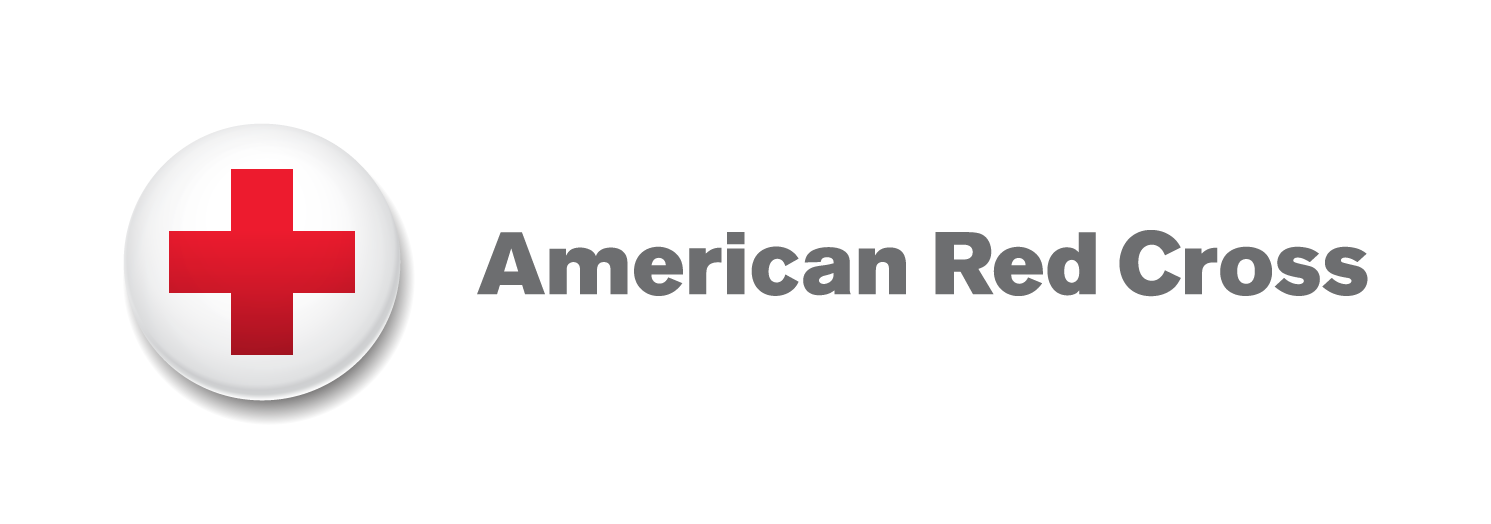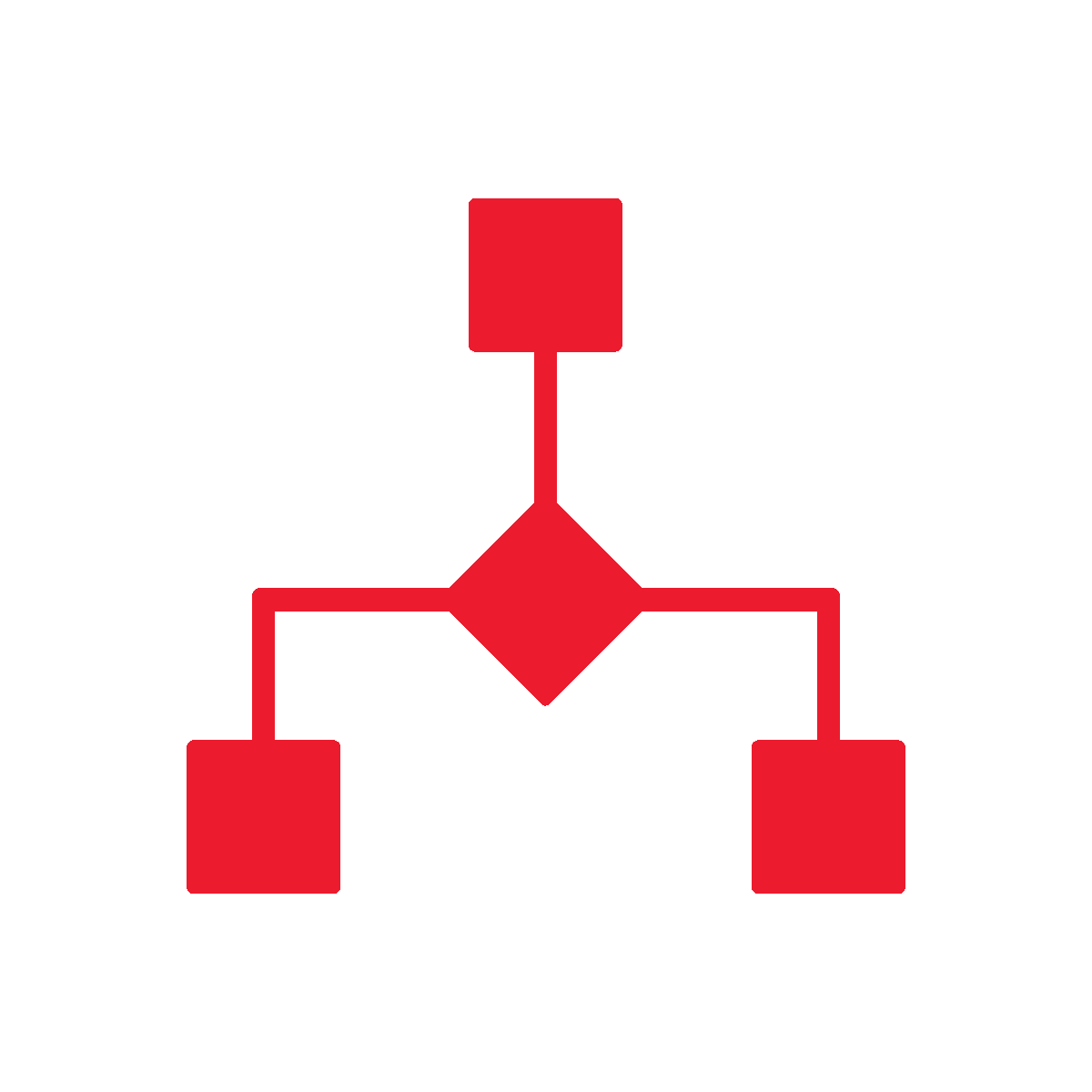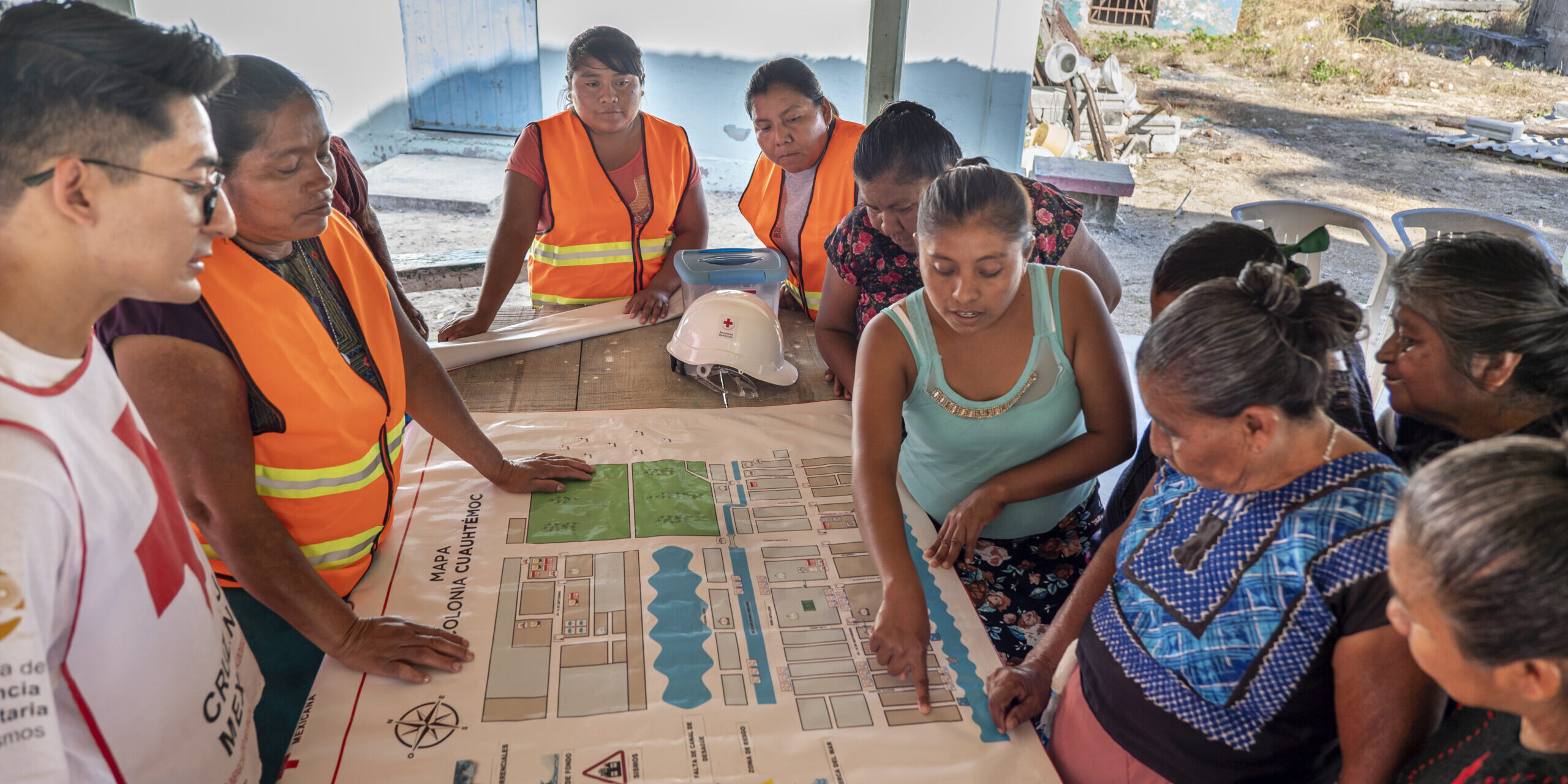
Design
Best practice standards, a menu of resources, and step by step guidance for DMERL (Design, Monitoring, Evaluation, Research & Learning) in each phase of the project management cycle.
Why Design?

The design is a starting point for the cycle of monitoring and evaluating the project’s expected outcomes. Humanitarian programs should be designed through a process that is informed by the capacities and needs of the affected population, the local context, industry leading technical practice and a sound logic and theory for why selected program activities lead to intended outcomes.
A well-designed project is:
- More relevant to capacities and needs of affected populations.
- Responsible and respectful to national society partnerships.
- Based on a logic that can be tested over time.
Best Practice Standards
This DMERL Framework shares two Best Practice Standards for the Design phase of DMERL in the Project Management Cycle.
Key Resources on Design in DMERL

Guidelines:
Tools:
General Resources:
How to Design a Humanitarian Project
Step 1 - Develop evidence base for the project design
As the first step in design, program teams should access the knowledge needed to inform their decision making about what is needed by the target community/ beneficiaries, including in terms of PGI and what has previously worked well - and what hasn’t. You can do this by looking at already existing evidence (secondary data) or evidence that you collect yourself (primary data).
Secondary data is usually available from American Red Cross, National Society, and other stakeholders, such as technical sector knowledge, existing assessments (e.g., context analysis, PGI assessments, etc.) and lessons learned.
If you have the resources, you can also collect primary data. You can do this by conducting your own field assessments (particularly PGI) and consulting a wide range of stakeholders (particularly the National Society and the community).
Step 2 - Develop project logic with project risk and assumptions
Project logic (e.g., ToCs and LogFrames) help you understand what would make specific interventions successful in the right conditions to achieve the desired outcomes in the contexts in which you work – and identify the risk and assumptions in our logic so you can manage risk.
The program design team lead the development of the ToC and LogFrame. Involving multiple stakeholders, including community and national society, in the development process will make your project logic more relevant and accountable.
Step 3 - Align design stakeholder priorities and strategies
Alignment ensures that you can build on the expertise and priorities of American Red Cross and other stakeholders and avoid duplication or conflict. Project design should align with American Red Cross’s Strategic Partnership Plans (SPP), which guide programmatic decisions, such as the type of projects that are designed and funded.
The design should be aligned with American Red Cross organizational strategy and donor priorities. Strong design also considers national society strategy, priorities, and other external partners and/or Movement strategy.
Step 4 - Identify resources needed to carry out key DMERL activities
You need to dedicate sufficient resources to implement your DMERL activities. You should use available data, reasonable estimates and defensible decisions in your calculations based on the DMERL Best Practices (Standards) and the program's specific needs and design.
A budgeted basic MEL Plan is due at the time of submitting the proposal. It is recommended that any program over $2 million have dedicated national society staff level of effort responsible for these tasks - ideally a Project Monitoring, Evaluation and Reporting (PMER) officer.
Most donors today request that programs allocate 5-10% of program funds to monitoring, evaluation and learning functions. This may vary slightly from lower to higher, depending on the size of the program, the complexity and the expectations for learning or research.
Knowledge Management & Learning at the Center of Design
One way to integrate learning into the Design phase of the project management cycle is to make sure that past evaluations, technical research, case studies, or technical guidance notes are reviewed when developing your Theory of Change for your project. That way, theory is based in evidence and past knowledge as part of a continuous cycle of learning.